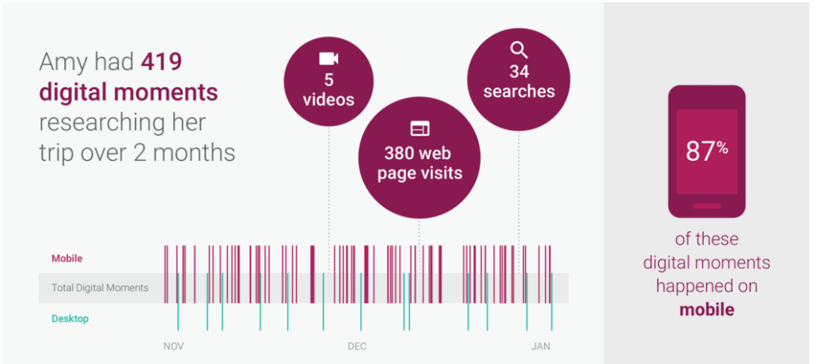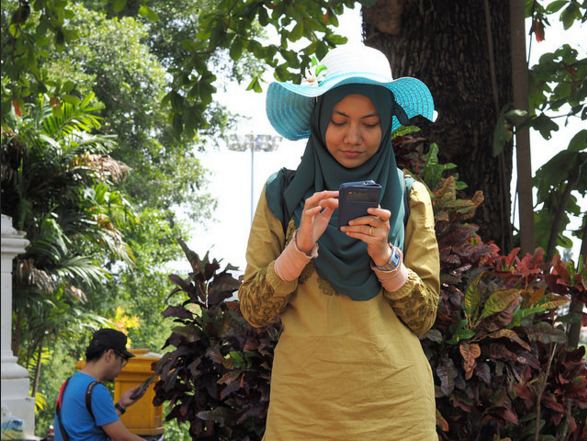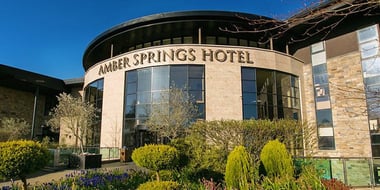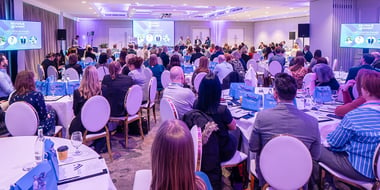The mass shift to mobile is disrupting the digital travel marketing landscape.
People have become increasingly comfortable with mobile devices. Our phones have become digital appendages that carry the same functionality as desktop computers. There has been a huge shift in the way people find, research, review, and book hotels online – and this has had a corresponding impact on hotels’ bottom lines.
Google research shows that since 2015, mobile’s share of travel visits has grown by 48%, mobile web conversion rates for travel sites have grown 88%, and on Google.com, mobile searches have increased more than 50% within the travel category alone.
According to Net Affinity’s own data, we saw mobile traffic surpass desktop traffic in July 2015, and it has continued on that upward trajectory since – currently, 47% of traffic on average is from a mobile device. In sharp contrast, desktop and tablet are in decline with 38% and 15% of traffic respectively.
Meanwhile, 25% of all transactions are now made on mobile devices. Our data shows a massive 32% increase in mobile bookings over the last year alone. There has been a corresponding 15% decline in desktop transactions, and a 9% decline on tablet.
While people are still mostly booking on desktop, they now seem to have more touch points – more experiences with hotels’ websites and advertisements – on their mobile phone. Guests may still be booking more on desktop, but they’re searching on mobile.
Data from across the industry shows that, compared to just 1-2 years ago, there’s been an explosion in the number of bookings made on mobile device in the hotel industry. But how different is the mobile travelling experience compared to desktop? And how can hoteliers capitalize on these differences?
Multiple Touch Points Necessitate Multiple Channels for the Hotelier

Image source
The graphic above shows the consumer journey of a traveler named Amy. During her 2 month research phase, Amy had 419 digital moments, 380 of them were web page visits, 34 were searches, and 5 were videos. And guess what?
87% of these moments happened on mobile.
The data reveals how travellers are planning in shorter bursts across multiple sessions on their devices.
What Hoteliers Can Do:
Hoteliers need to break away from thinking that people quickly research, choose a hotel and book. Instead, they should appreciate the multi-staged process travellers are taking, in some cases over a period of months. This data should lead hoteliers to shape their marketing around the different stages in the guest journey, like:
- Dreaming
- Research and planning
- Booking
- Experiencing
A huge part of catering for this multi-staged journey is optimizing for all the main devices (tablet, mobile, and desktop).
“In a 15-minute walk with a smartphone, I did what used to take hours of research in front of a desktop computer. And the reason I was able to do this so seamlessly was because when I searched, brands were there to meet me in my moment of need.”
– Lisa Gevelber, Google’s VP of marketing
Users may begin research on a mobile, resume their search on tablet, and when ready, book on a desktop. They’re likely jumping between different devices.
It’s important to note that while your mobile site should be simplified to meet the demands of a smaller screen size, you should make sure your message remains consistent. If you don’t, you risk confusing or alienating your potential guests. For example, make sure all your rate plans are visible on mobile, and that they correspond to your rate plans on desktop.
If your site isn’t responsive or adaptive, if it lacks personalisation and targeting, or is just outdated – you’re not going to catch them.
The Bulk of Travel Research Will Be Done On Mobile – Make It Easy for Guests
Image source
The days of people sticking to one device are gone. Google research shows that 46% of travelers who do mobile travel research say they made their final booking decision on mobile, but moved to another device to make the booking. These statistics may change as payment methods on mobile become simpler and more trusted by users – Net Affinity are seeing steady growth in mobile bookings – but for now, your booking engine should be equally functional across all devices.
When it comes to informing travel decisions, mobile has become a powerful influencer.
Nobody wants to be sitting at a desktop for hours looking for a hotel. They’d rather whip out their phones and find the best options while on the train to work, chatting to friends, or waiting at a bar. Then, they’ll sit down at their laptop when they get home to make the actual booking.
What Hoteliers Can Do:
Hoteliers must remember these facts when shaping their marketing around the consumer journey.
Any information given about their hotels should be easily digestible on mobile. The mobile site design should:
- Be responsive
- Feature powerful hotel images for added emotional pull (and to stand out)
- Designed to leave an impression
- Be clear and quick
Any unnecessary information, graphics or steps must go. Your mobile checkout process should be quick, simple and clean. For best practices on mobile, get in touch with an expert!
Hoteliers should also be aware of the Google mobile friendliness algorithm. Implemented in April 2015, it gives favourable rankings to websites the Googlebot deem to be “mobile-friendly.” The search engine’s algorithm now gives better rankings to sites that are wired to properly display on mobile devices.
Most Same Day Bookings Are Made From a Smartphone
Image source
It’s easy to think that travellers take weeks, days, or months to book. But as research from Statisticbrain shows, people are embracing rapid same-day reservations. And over half (65%) of them are doing so via their smartphones.
What Hoteliers Can Do:
Hoteliers can capitalize on this by preparing to meet travelers at their moment of need and making last minute bookings easier.
This can be done by focusing on highly responsive designs that give enough information to make a decision, but don’t overload. What does this mean? It means making sure your rate plans are consistent across your mobile and desktop site, so no one sees a plan on one device, only to be unable to book it on another.
It also means that, to improve smartphone conversions, you can consider offering a mobile discount. People can be hesitant about booking on mobile – although this is changing as more sites optimize and payment methods become more secure – but a savvy offer can overcome their doubts.
Two other factors that can make a major difference to your mobile conversions are:
- Having a short form: the fewer fields a guest needs to type in on their tiny mobile screen, the better.
- No credit card details required. Many people are still uncomfortable entering their credit card details on their phone. Instead, consider have guests enter their names and emails only and not enter their credit card details to secure the booking.
Conclusion
It’s time to become more adaptive. Instead of waiting for travellers to find your hotel, you must flip the tables and make your hotel reach out to them at multiple stages.
To start, breakdown the key stages in your guest’s journey, and make yourself more visible at their moment of need. Make sure your site is optimized – across all devices – to answer their burning questions during travel research. And finally, strip away any unnecessary steps on your website and in your booking process.





